|
Across Africa, changing day length away from the Equator alerts some birds to set off on migration soon. German even has a word for it: Zugenruhe, a restlessness that occurs ahead of movement. Given the right weather, by the end of February the first Sand Martins and Wheatears could be arriving here. In the second half of April, Whinchats will arrive, but for now they are in the savannah and forest mosaics of central Africa.
Whinchats have disappeared as a breeding species from much of lowland Britain, and are not doing so well in the uplands either. They favour unenclosed grasslands, and in Wales have always been associated with lightly-grazed ffridd/coedcae, on the upland fringe where vegetation of varied structure is interspersed with scattered trees, especially Rowan and Silver Birch. Bracken is important for Whinchats, especially in south-facing upland valleys. Have a read of this blog about a recently-published study by the RSPB Centre for Conservation Science for more details. With luck, each pair of Whinchats will raise several young each summer, illustrated by the winning image in the Welsh Ornithological Society annual photographic competition. Mold-based photographer Andy Davis caught a male serving a freshly-plucked Bilberry to a chick not yet ready to fly. Check out the WOS website to see the other fantastic photos that were shortlisted. While our summer visitors build up their fat reserves, winter visitors are doing the same before trekking north or east. The Waxwing flock at Halkyn grew to over 150, the largest in North Wales since January 2017. Elsewhere in Flintshire, a Smew remains at Talacre, Snow Buntings at Point of Ayr and over 30 Twite at Flint Marsh. A Great Grey Shrike was near Llyn Brenig and a Snow Goose at Llay on Sunday, while there are Black Redstarts on the north coast at Kinmel Bay and Holyhead. A Ring-necked Duck remains on Llyn Tegid, a Glossy Ibis feeds near Pwllheli Cob and a Firecrest was at Morfa Madryn, near Llanfairfechan. Farmers are encouraged to take part in the Big Farmland Bird Count before 18 February. Details at bfbc.org.uk
0 Comments
Reports suggest that last week’s cold snap pushed Blackcaps into gardens around North Wales. They are attracted not just to supplementary food, but to wildlife-friendly plants that provide shelter and harbour natural food in difficult times. Blackcaps are a summer visitor from North Africa, but some come here from central Europe, as far east as the border of Poland and Ukraine, in winter. Upwards of 2000 Blackcaps winter in Wales, those in the north primarily around the coast and in the Dee and Clwyd valleys. Read more about Blackcaps in Welsh gardens in this BirdNotes column from 2021. This weekend’s RSPB Big Garden Birdwatch will be an opportunity to stocktake Blackcaps and other wildlife using our gardens. Visit rspb.org.uk/birdwatch to take part. There is much we don’t know about the changing habits of migratory Blackcaps, dubbed ‘microevolution’, but new technology is starting to change that. Nanotags, weighing just one-eighth of a gramme and attached to the smallest of songbirds, emit a unique pulse every 3.7 seconds that can be picked up by a dedicated Motus receiver. Base stations are spread across the Americas, and increasingly in northwest Europe, enabling individual birds to be tracked in real time as they cross the continent. A paper in the journal British Birds this month illustrates the potential of this new technology. There are no receivers yet in Wales, but one planned at the Calf of Man Bird Observatory will be used to study Wheatear migration this year. Recent sightings include 50 Waxwings near Halkyn Quarry and flocks in Prestatyn and Dyserth. A Glossy Ibis flew over the A55 in Anglesey’s Cefni Valley on Monday, and a Cattle Egret at nearby RSPB Cors Ddyga. A Long-tailed Duck is off Benllech, a Little Gull at Traeth Dulas and a small flock of Snow Buntings at Talacre. A pale-cheeked American Wigeon at RSPB Burton Mere Wetlands is probably one seen on Anglesey before Christmas. A new project is calling for volunteers to help survey Curlews in the Clwydian Hills this spring, as part of a new Curlew Connections Wales project designed to help the species’ recovery. The project is also seeking help in Montgomeryshire and Bannau Brycheiniog National Park. Email [email protected] for details. Wildlife broadcaster Iolo Williams has called on people to have their say on the Welsh Government’s proposals for a Sustainable Farming Scheme. The Welsh Ornithological Society and RSPB Cymru have teamed up to run a series of briefing events, including in Wrexham and Caernarfon, as well as an online seminar, in late February. Iolo is urging everyone to get involved, to ensure that the new scheme helps farmers take action to help nature thrive. Iolo said “If you do only one thing for Welsh wildlife in 2024, please do this.” Dates and details are on the WOS website.
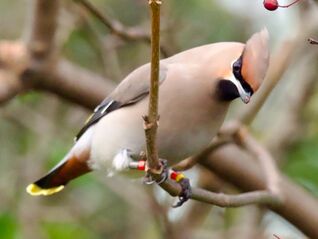 Colour-ringed Waxwing (Fred Fearn) Colour-ringed Waxwing (Fred Fearn) The influx of wintering Waxwings to North Wales seems to be diminishing, although 40 were in Wrexham’s Watery Road on Saturday and three fed beside the café on Llanddulas beach at the weekend. A mile to the east, sharp-eyed Waxwing watchers on New Year’s Day spotted that one of a flock at Middle Gate, on the road to Abergele, wore coloured rings on its legs. They were attached by Grampian Ringing Group as part of a long-term project. An animated map of resightings, published by Sam Langlois on X, formerly Twitter, shows how Waxwings have moved south through Britain since early November, after arriving in northeast Scotland from Scandinavia. Surprisingly, however, the bird seen in North Wales was not among them. It had been ringed in Aberdeen in November 2022 and was seen later that winter in Aalborg, northern Denmark, presumably on the way back to its breeding area. The Grampian project has ringed more than 4500 Waxwings, but this is only the eighth bird to be seen again in a different winter following its ringing. Meirionnydd’s juvenile White-tailed Eagle continues its stay in the hills above Llanuwchllyn, presumed to come from Scotland or Ireland. Not far away, a Ring-necked Duck and four Scaup are on Llyn Tegid. A smart male Smew is at Talacre, and several Snow Buntings on saltmarsh at nearby RSPB Point of Ayr. On Anglesey, an estimated 200,000 Starlings roost at Llyn Bodgylched, a flock of Pink-footed Geese were on Llyn Llywenan last week, and a Scaup and Ruffs at RSPB Cors Ddyga. Slavonian Grebes are on the Inland Sea, with others off Benllech, Harlech and Llanddulas. The Llŷn’s long-staying Glossy Ibis remains at Abererch and a Black-throated Diver was among a dozen Great Northern Divers off Pontllyfni. Water Pipits have been by Porthmadog Cob and near Penrhyn Bay. Forecast colder conditions may push songbirds and waterbirds west if ground conditions become icy and wetlands freeze. Skylarks, Fieldfares and Pink-footed Geese are among those likely to head into Wales if we remain milder than eastern Britain. A flock of Pink-feet flew over the Clwyd estuary, and perhaps the same were at Llanerchymedd, on Sunday. More Waxwings could arrive too. Sightings of the punk berry-munchers include flocks in Penmaenmawr, Connah’s Quay, Nannerch, Saltney, Mold, Bagillt, Rhuddlan and Rhyl.
A Snow Goose of unknown origin grazes with Greylags in the Dee Valley, south of Holt. It’s a ‘blue morph’ bird, plumage resulting from a dominant gene, so not the same as a white morph on the Dee estuary in the last couple of winters. Snow Goose was recently added to the national list by the Welsh Ornithological Society, along with Moltoni’s Warbler and Tennessee Warbler, all of which were recorded in Wales for the first time in 2022. You can download a copy of the Welsh List from their website. A White-tailed Eagle seen in Meirionnydd last month remains in the area, reported by a farmer near Llanuwchllyn last week, and on nearby Llyn Tegid a Ring-necked Duck and Scaup are off Glanllyn. Black-necked Grebes were off Aber Ogwen and Carreg y Defaid, near Llanbedrog, at the weekend. Several Slavonian Grebes were off Harlech, with Great Northern Divers scattered around both coasts of Pen Llŷn. Near Pwllheli, a Glossy Ibis remains at Abererch, a Snow Bunting flew over the Great Orme, and an unseasonal Sandwich Tern was off Penmon on Saturday. A male Smew was in the Dee estuary. Magpie has been removed from all General Licences by Natural Resources Wales, meaning that anyone with cause to kill the corvid requires a specific licence from NRW. That has been the case in relation to bird conservation for a couple of years, but now also applies to agricultural damage. The decision followed a review that could find little evidence of widescale damage by Magpies to livestock, feed or crops which could not be resolved by non-lethal methods. Details of the decision were published on the NRW website. The first day of the year renews enthusiasm for many birdwatchers, with one group in North Wales clocking up 110 species. Anglesey Bird News confirmed that 128 species were seen on the island on Monday, and that 230 were reported there during the previous 12 months.
Waxwings continue to draw admirers across the region, with the largest flocks of up to 60 in Kinmel Bay, 40 in Rhuddlan, 36 in Bodelwyddan and 30 in Ruthin, and others at RSPB Conwy, Saltney, Old Colwyn and near Llanddulas. A Great Grey Shrike plays hard-to-get in Clocaenog Forest while a Glossy Ibis and Great White Egret are at Abererch, near Pwllheli. Jack Snipe were at RSPB Conwy, Traeth Dulas, Bangor harbour and below Aled Isaf Reservoir, and 13 Purple Sandpipers at Rhos-on-Sea. Two Long-tailed Ducks are off Benllech and another commutes between Llanfairfechan and Glan y Môr Elias. Three Great Northern Divers are off Borth-y-gest, two in Porthmadog Harbour and others at Ynys Llanddwyn, Cemlyn, Penmaenmawr and Anglesey’s Inland Sea. A Black Redstart was at Holyhead’s Fish Quay and five Slavonian Grebes in Cymryan Strait. Although North Wales’ celebrations were damp and breezy, 2024 kicked off with fireworks across the world, just days after their effects on birds had been quantified for the first time. Research led by the University of Amsterdam, and published in the journal Frontiers in Ecology and the Environment, used weather radar to show that in The Netherlands, the New Year’s Eve peak saw 10,000 to 100,000 times the normal number of birds taking to the air compared to other nights. The highest responses were within 5km of fireworks, but flight activity remained higher than normal up to 10km away. Radar imagery of the responses were shared on social media site X (formerly Twitter). Larger-bodied species, such as geese, ducks and gulls, in open landscapes responded more readily to the sounds and lights. Since fireworks are set off in almost every community, the study suggests that across the country, millions of wintering birds are disturbed. Although they have yet to measure the impact of this synchronised disturbance on birds’ life chances, the researchers have called for fireworks-free zones, especially around wetlands and coastal farmland. |
Bird notesA weekly update of bird sightings and news from North Wales, published in The Daily Post every Thursday. Archives
July 2024
Categories |
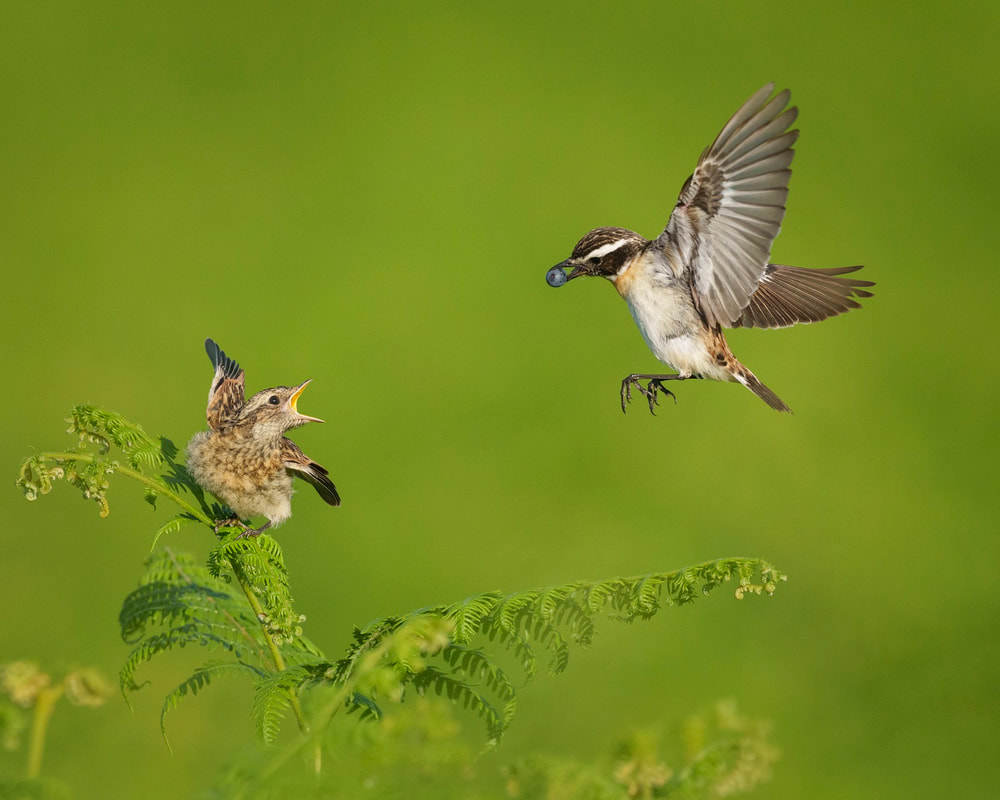
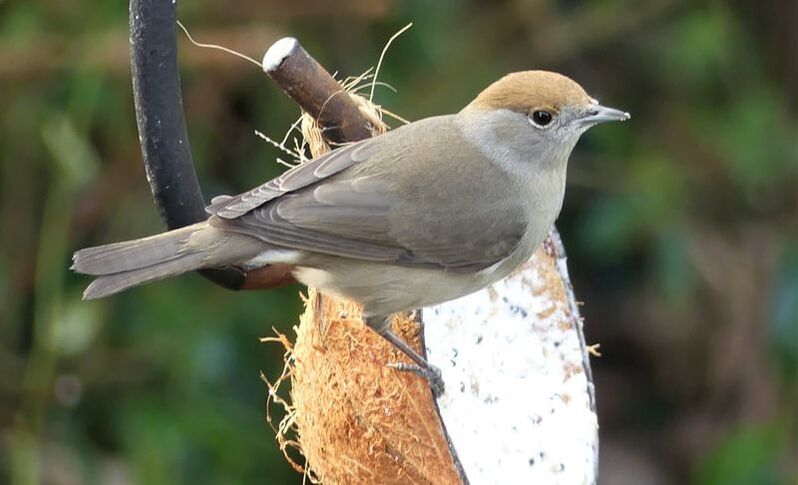
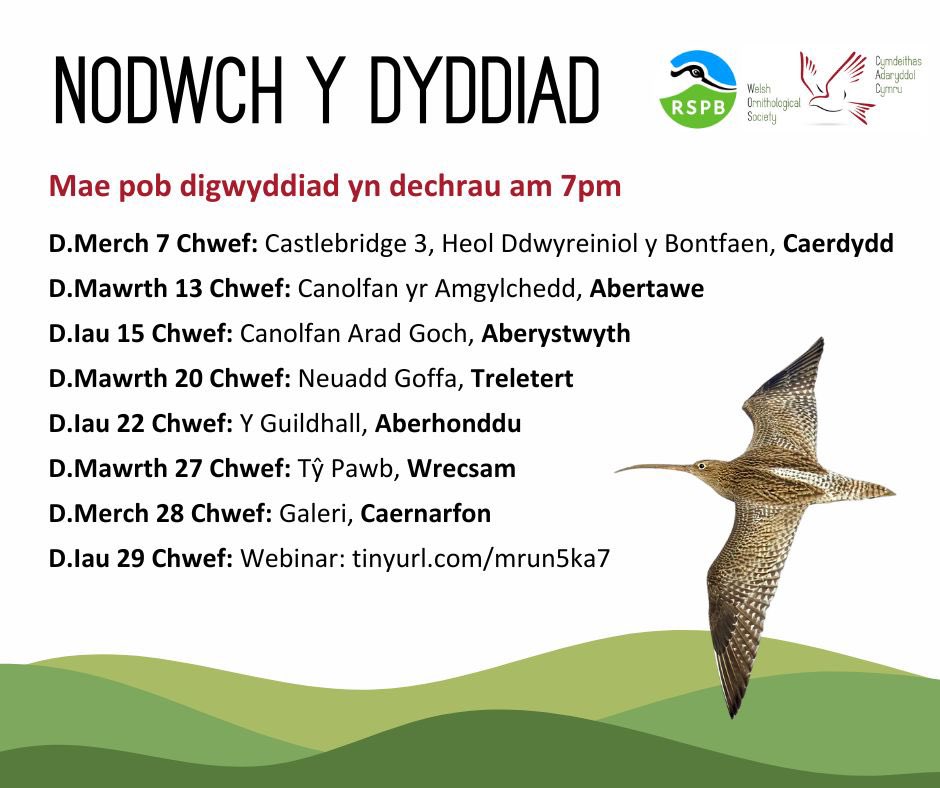
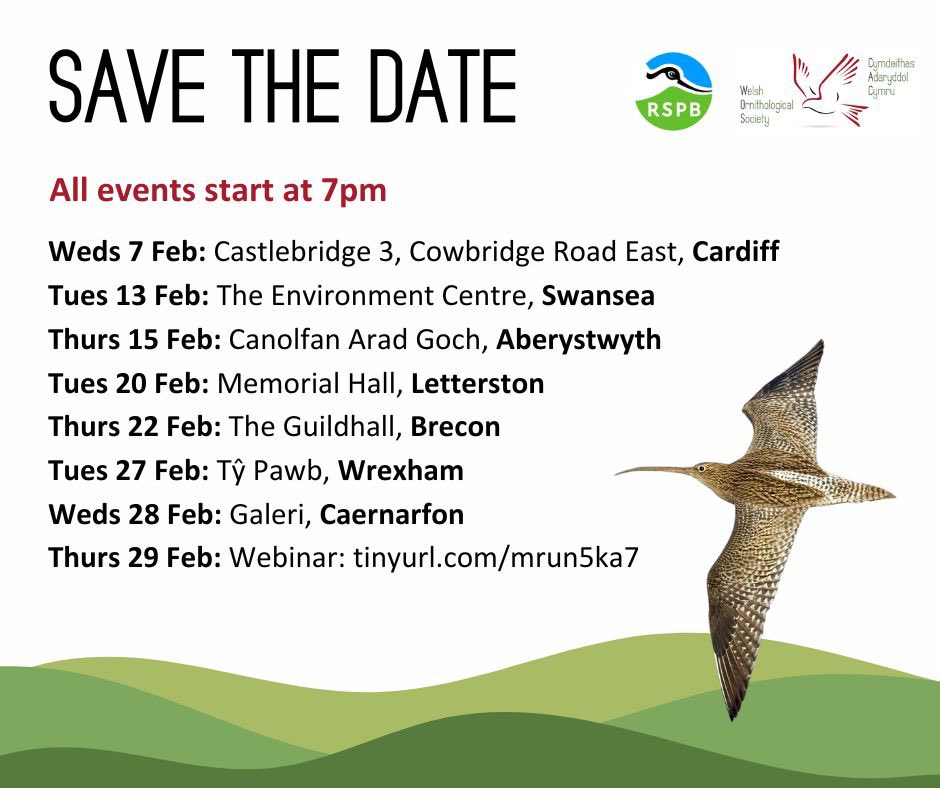

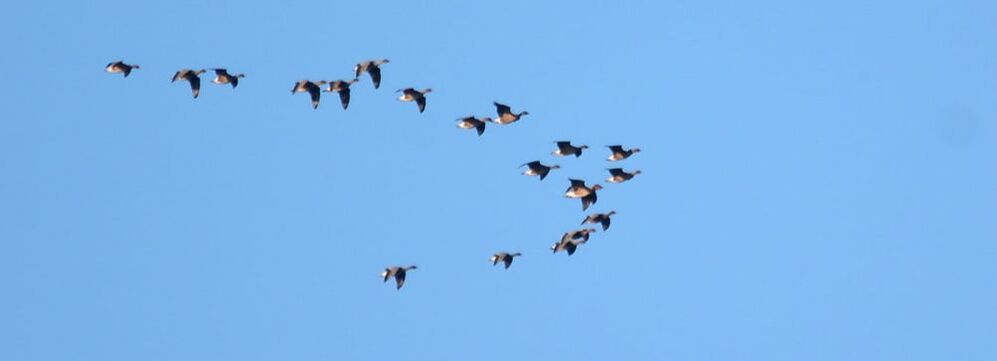
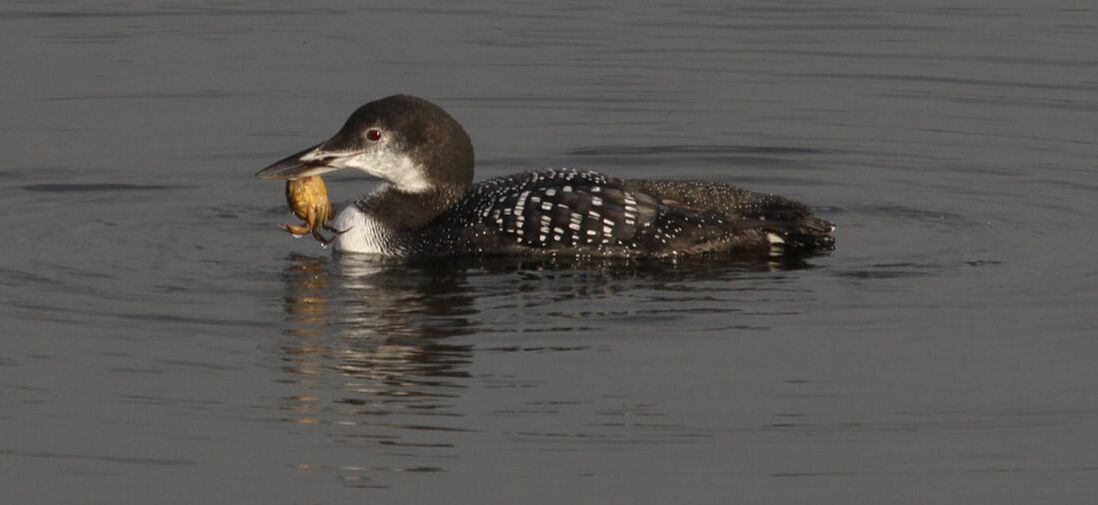
 RSS Feed
RSS Feed
